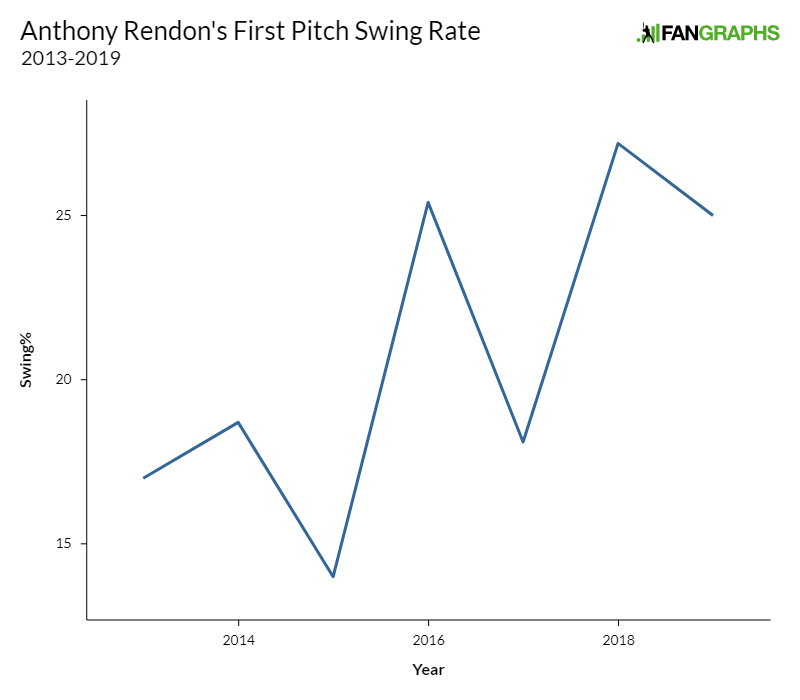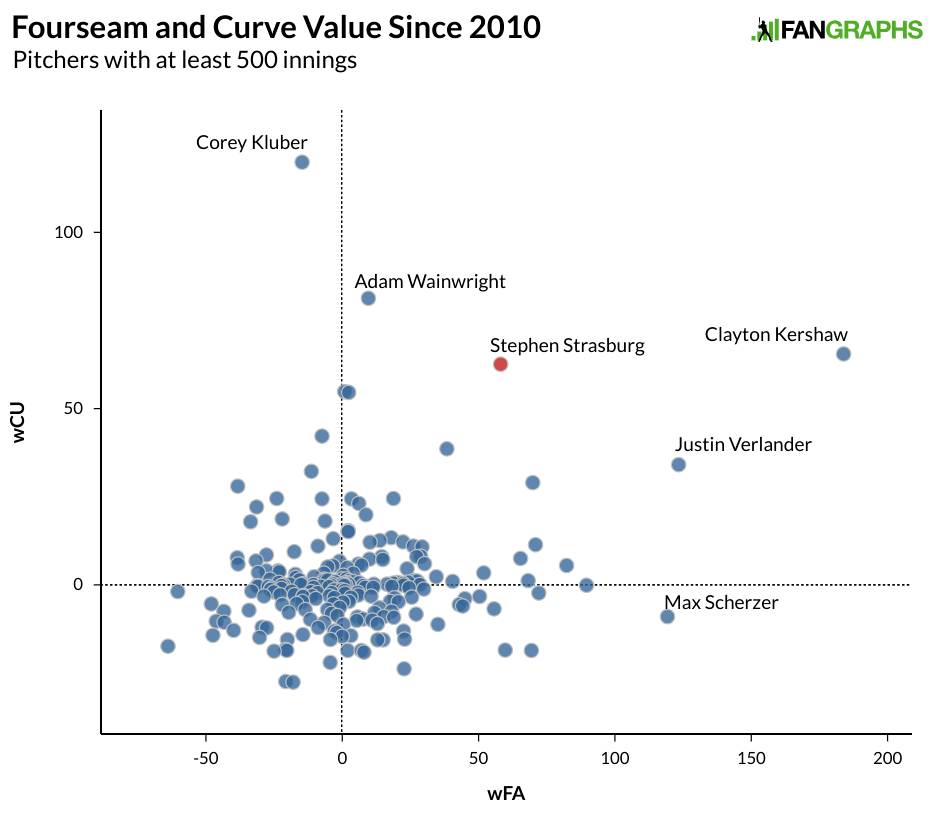Nationals Add Relief Help in Daniel Hudson
It’s hardly a National secret that Washington is in need of bullpen help. Even as the team has put themselves back into playoff position over the the last month or so, the bullpen has a 4.67 FIP and a 5.06 ERA in July. To help in the late innings, the Nationals have acquired Daniel Hudson of the Toronto Blue Jays, as first reported by Scott Mitchell. The return was first reported by Ken Rosenthal and the trade looks like this:
Nationals Receive:
- RHP Daniel Hudson
Blue Jays Receive:
- RHP Kyle Johnston
After a couple solid years in the Diamondbacks pen in 2015 and 2016, Hudson was near replacement-level for the Pirates in 2017 and then worse than that for the Dodgers a year ago. After signing a minor league contract with the Angels in the offseason, he was released near the end of spring training before the Blue Jays guaranteed him $1.5 million. With Toronto, the 32-year-old righty has been solid, putting up a better-than-average 4.21 FIP along with a very-good 3.00 ERA. His strikeout rate is pretty even from a year ago at 23%, with his walk rate up to 11% this season, but he’s only allowed five homers in 48 innings.
He throws a mid-90s four-seamer around 60% of the time and used his sinker about 10% this season, which might help explain some of his homer-suppressing tendencies. As a result, he’s throwing his slider only a quarter of the time, down from more than 40% last year with the Dodgers. This might not be an impact move for the Nationals, but they needed help and Hudson should be an improvement over what they have in-house. Lefty Roenis Elías from the Mariners should help as well.
As for Johnston, he’s a righty who didn’t make the Nationals prospect list before the season. He was a sixth-round pick in 2017 by Washington and his control problems in college carried over to the pros with double-digit walk rates in his first two minor league seasons. He is repeating High-A this year and just turned 23, but he has turned in a solid season. He’s got a 23% strikeout rate and his walk rate is down to 9% on the season in 20 starts. Over 20% of his fly balls have been infield flies, and his swinging strike rate is very good at 15%. As for a scouring report, Eric Longenhagen adds the following:
Johnston sits 89-94, and touches 97, and he can manipulate the fastball to sink or sometimes cut. He also has an above-average slider in the mid-80s, typically 82-85 but sometimes harder. While he also has a splitter, Johnston doesn’t use it often. He’s a potential reliever.
Johnston still has a ways to go, but there’s enough there to think he has a shot as a bullpen arm in the future. That seems about right for two months of Daniel Hudson.


